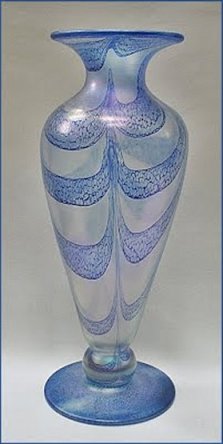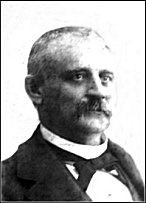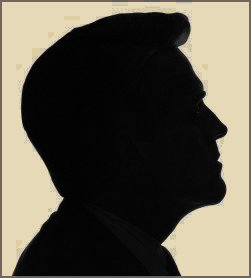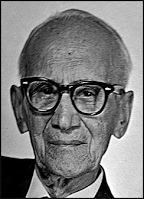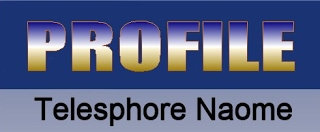Pioneers & Key Players
|
|
Edward Muhleman, a former Wheeling riverboat captain and financier, was the founder of Imperial Glass. Originally involved with the Crystal Glass Company, in 1900 Muhleman thought it best to move on.
Muhleman had an ambitious vision - to establish the largest glass plant ever seen in the Ohio River Valley. The New Crystal Glass Company, as the venture was initially named, would be a four-furnace glassworks and would be located in Bellaire, Ohio.
After acquiring land, Muhleman raised capital, hired employees and began the process of building the huge plant. In December 1901, Crystal's Board of Directors changed the company's name to the Imperial Glass Company.
In early 1904, two years after the start of construction, the furnaces were finally ignited.
- from an article by Mike Wilson - ________________________________________ |
|
|
In 1905 Victor G. Wicke of New York City became Imperial's Secretary and Sales Manager. Wicke's impact was immediate for he brought with him what would be Imperial's first wholesale customer, F. W. Woolworth Co. and its then 500 stores.
- from an article by Mike Wilson -
________________________________________
|
|
|
John T. Gordon "had the formula for the lustre" (Richard & Wilma Ross, Imperial Glass, 1971). This was the formula used to make iridescent glassware. Gordon worked for Imperial from about 1915 until his death in 1930. In a tribute after his death, it was said of Mr. Gordon "By this man introducing the dope ware system at Imperial Glass Works, many men were given work . . . If it had not been for Mr. Gordon's effort, our work would not have been so good. But he has gone on to his reward . . ." Glass worker Cliff Vogt (Imperial Glass Encyclopedia, Vol.II, page 366).
________________________________________
|
|
|
Richard Ross and his wife Wilma wrote the booklet “Imperial Glass” in 1971. It was the pioneering effort in bringing public attention to the beautiful art glass produced by the Imperial Glass Company in the first quarter century of its existence. It also documented some of the history of that great glass enterprise.
Richard was a mail carrier in the “Glass City”, as Bellaire, Ohio, the home of the Imperial Glass Company, was known. While making his rounds, he saw it on a regular basis in the homes & stores along his route. He began collecting it after first getting a piece as a birthday gift for his father, Brooklyn Ross. He and Wilma soon amassed a prodigious collection of Free Hand, Lead Lustre, NUCUT, NUART, and Imperial Jewels. That collection became the basis for their book and all the pieces in the book are from their collection.
Richard and Wilma continued to collect, sell and promote Imperial art glass for decades. Their collection was always changing. Their favorite piece was a magnificent art glass basket originally made for and owned by Victor Wicke, Imperial’s first president.
Many Imperial art glass collectors today have been touched in some way by the efforts of Richard & Wilma in promoting Imperial art glass, this author included. Whether by reading their book, seeing them set up at an antique show or being invited into their home to see the collection, they always represented the best of Imperial.
________________________________________
|
|
|
Lucile (1921 - 2011) worked at Imperial for some forty years . . . as a typist, office manager, sales manager and Special Markets Director and Assistant to the President.
Of this she said "They're just titles; I pretty much did the same things for 35 of those years."
The Imperial Collectors Glasszette, January, 2012
________________________________________
|
|
|
Free Hand was introduced in 1923. It was initially produced by a handful of men, some of whom had originally immigrated from Sweden.
Emil Larson, born in Sweden, in 1878 and William Wedenbine, born in Pennsylvania in 1885, were prominent among them, as was Oscar Ekstedt.
Wedenbine or Ekstedt appears to have headed the group, Larson only staying at Imperial for two months, October to December 1923.
Larson had worked at Quezal and went on to great fame at Durand Glass in Vineland, N.J.
________________________________________
|
|
|
Lustre Iridescent Ware is bright, iridescent and transparent glassware, often hand-cut or wheel engraved in a variety of floral and stylized designs.
These vases were made in the mid-1920's and the designs were the work of Telesphore Naome, who came to Imperial in 1925 from the glasshouse of Val St. Lambert in Belgium.
________________________________________
|

